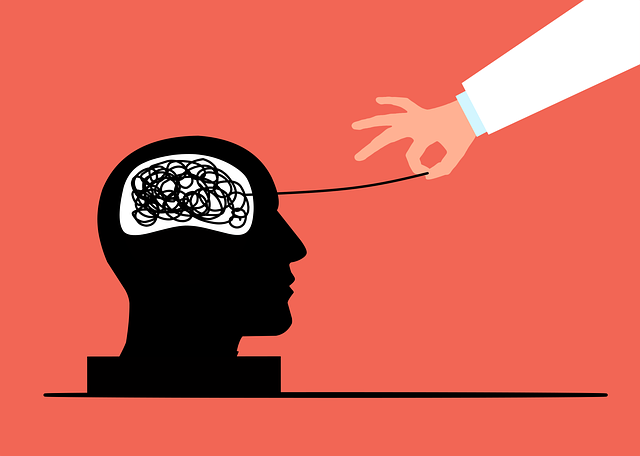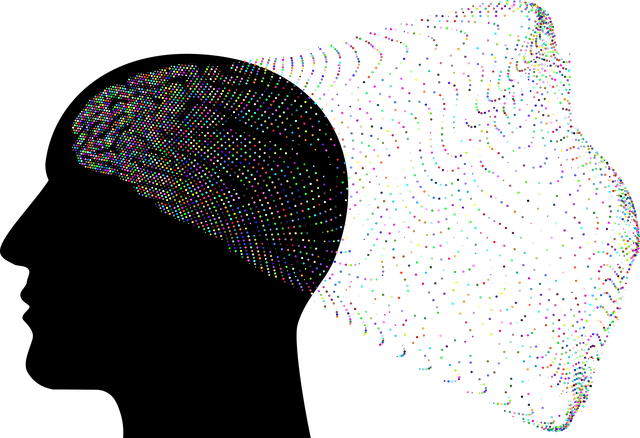Leveraging diverse data sources from hospitals, clinics, schools, and non-profits like Lone Tree Child Abuse Therapy is crucial for understanding mental health trends. This combines quantitative records with qualitative insights from therapy sessions, surveys, and support groups. By thoroughly preprocessing and cleaning this data, researchers can uncover reliable patterns, enabling evidence-based interventions tailored to specific needs, such as Anxiety Relief strategies. Advanced analysis techniques, including regression, machine learning, and qualitative methods, help identify correlations and deepen understanding of mental health issues. This allows for personalized therapy plans based on clients' unique emotional and psychological aspects, enhancing treatment effectiveness while prioritizing ethical considerations and client dignity in settings like Lone Tree Child Abuse Therapy.
Unraveling the complexities of mental health through data analysis is a powerful approach, especially with organizations like Lone Tree Child Abuse Therapy prioritizing evidence-based practices. This article explores the intricate process of understanding and interpreting mental health data. We delve into the sources and collection methods, emphasizing the importance of accurate data preprocessing and cleaning. The following sections guide readers through advanced analysis techniques, result interpretation for therapeutic applications, and crucial ethical considerations in this sensitive domain.
- Understanding Mental Health Data: Collection and Sources
- Preprocessing and Cleaning of Data for Accurate Analysis
- Techniques for Data Analysis in Mental Health Research
- Interpreting Results: Insights and Applications for Therapy
- Ethical Considerations in Mental Health Data Interpretation
Understanding Mental Health Data: Collection and Sources

Understanding Mental Health Data is a crucial step in identifying trends and patterns that can inform effective treatment strategies. This data comes from various sources, each offering unique insights into different aspects of mental health within communities. For instance, hospitals, clinics, and healthcare providers collect records on diagnoses, treatments, and patient outcomes, providing quantitative data for analysis. Schools and educational institutions also gather information through surveys, observations, and disciplinary reports, shedding light on the psychological well-being of students.
In addition to these formal sources, initiatives like community health programs and non-profit organizations involved in Lone Tree Child Abuse Therapy offer valuable data. These groups often provide services such as Inner Strength Development and Trauma Support Services, from which qualitative data can be derived through therapy sessions, support group discussions, and client feedback surveys. This diverse range of data sources is essential for a comprehensive understanding of mental health issues, enabling tailored interventions and better access to Anxiety Relief strategies in the community.
Preprocessing and Cleaning of Data for Accurate Analysis

The first step in any meaningful mental health data analysis is thorough preprocessing and cleaning, which forms the foundation for accurate interpretations. This involves meticulous handling of the raw data collected from various sources, such as surveys, clinical assessments, or electronic health records. The process aims to address missing values, outliers, and inconsistencies that could skew results. For instance, in Lone Tree Child Abuse Therapy settings, therapists might collect data on client progress over time, requiring them to handle cases where clients drop out of treatment or miss sessions.
Effective preprocessing includes identifying and rectifying data quality issues, normalizing formats, and ensuring the integrity of sensitive information. It also involves transforming data into a suitable format for analysis while adhering to ethical guidelines. By rigorously cleaning the data, researchers and therapists can gain reliable insights, facilitating evidence-based practices that target mental illness stigma reduction efforts, burnout prevention, and stress reduction methods in clinical settings.
Techniques for Data Analysis in Mental Health Research

In mental health research, data analysis techniques play a pivotal role in uncovering meaningful insights and patterns from complex datasets. One powerful approach involves statistical methods, such as regression analysis and machine learning algorithms, which enable researchers to identify correlations between various factors, like stress levels, social support, and treatment outcomes. These tools are instrumental in understanding the intricate relationships within mental health data.
Additionally, qualitative data analysis methods are essential for delving into individuals’ experiences and perspectives. Techniques like thematic analysis and grounded theory allow researchers to explore themes related to resilience building, mood management, and burnout prevention, providing a deeper understanding of participants’ journeys. Integrating these diverse analytical strategies, as seen in practices like Lone Tree Child Abuse Therapy, enriches mental health research, leading to more effective interventions and support systems.
Interpreting Results: Insights and Applications for Therapy

When analyzing mental health data from clients like those who might be seeking services from Lone Tree Child Abuse Therapy, the interpretations hold immense power in tailoring therapeutic approaches. Each piece of data reveals a unique aspect of an individual’s emotional and psychological landscape, offering insights into their strengths and challenges. For example, consistent themes of anxiety or depression could indicate a need for cognitive-behavioral therapy (CBT) to help clients develop coping mechanisms. Alternatively, self-reported feelings of isolation might suggest the implementation of community outreach programs to foster social connections, as seen in successful cases of enhanced well-being.
Understanding these patterns can lead to personalized treatment plans. Therapists can design activities and exercises, such as self-awareness exercises, to help clients recognize and manage their emotions more effectively. Furthermore, by interpreting data related to stress levels, sleep patterns, or trauma history, therapists can guide individuals towards establishing beneficial self-care routines, promoting overall mental health and resilience. This tailored approach ensures that each client receives the most appropriate care, ultimately enhancing the effectiveness of therapy.
Ethical Considerations in Mental Health Data Interpretation

In the realm of mental health data analysis, ethical considerations are paramount, especially when interpreting sensitive information about vulnerable populations like children who have experienced abuse, as in the context of Lone Tree Child Abuse Therapy. The process involves navigating complex issues related to privacy, consent, and potential harm or benefit to individuals and communities. Healthcare providers must ensure that data collection methods are transparent and that participants understand their rights and the purpose of data use.
When interpreting mental health data, it’s crucial to foster inner strength development and promote positive thinking while being mindful of cultural competency among healthcare providers. This involves recognizing and respecting diverse perspectives and ensuring that interpretations do not perpetuate stereotypes or cause further harm. Ethical interpretation requires a delicate balance between using data for meaningful improvements in healthcare services and preserving the dignity and autonomy of individuals involved, especially within a context like child abuse therapy.
Mental health data analysis is a powerful tool for understanding and improving therapeutic outcomes, especially as highlighted by practices like those at Lone Tree Child Abuse Therapy. By effectively preprocessing and interpreting collected data, researchers can gain valuable insights into various mental health conditions. This article has explored the entire process, from understanding data sources to ethical considerations. Through advanced techniques, such as statistical modeling and machine learning, analysts can uncover trends and patterns, leading to more personalized and effective treatment strategies. However, it is crucial to navigate this field with caution, ensuring privacy, consent, and cultural sensitivity throughout the data interpretation process.














